Index

Review: Brazos barebone bonanza
Sapphire has been trying to make a name for itself in the nettop and ITX board market for the last couple of years and its efforts have not gone unnoticed. The company is best known for its incredibly thin Edge HD series nettops based on Intel Atom and, as of 2012, AMD E-series chips.
Before the Edge HD3 series was launched, Sapphire only offered Atom based nettops with Nvidia ION graphics. However, since Sapphire is best known as an AMD partner, the decision to use an AMD platform came as no surprise.
The Sapphire Edge HD3 is powered by AMD’s E-450 APU, a cheap and cheerful APU which combines a decent graphics engine with two CPU cores in one small package. Like previous Edge HD systems, it features an external power supply, a brick similar to those found in the notebook world. It is also worth noting that the Edge HD3 is available as a complete system or as a barebone, in which case it bears simply the barebone moniker and ships without a hard drive and memory. In either case the Edge HD3 looks the same and deserves to be called a mini-PC, as it measures just 19.3 x 14.8 x 2.2 cm (L / W / H).
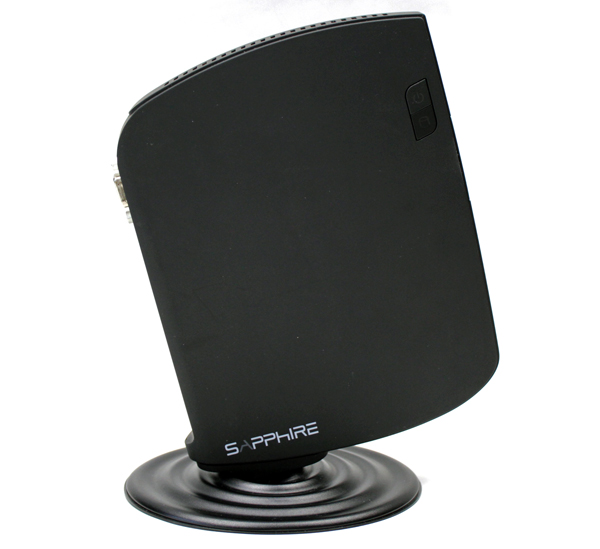
It is also worth noting that Sapphire recently launched the new Edge VS series, with a slightly thicker design and new AMD Trinity APUs. The price difference between the company’s HD and VS series nettops is rather small, but we will come to that in our verdict.
Specification:
- CPU AMD APU E450 1.6GHz
- Memory 4 GB DDR3 So-DIMM
- Storage 320 GB SATA 2.5'' Hard Driver
- Graphics AMD Radeon HD6320
- LAN 10/100/1000 Mbps Built-in Ethernet
- Wireless 802.11b/g/n Built-in Wireless Network
- I/O
1 x HDMI Port
1 x VGA(D-sub) Port
1 x RJ-45 Gigabit Lan
2 x USB 2.0 Port
1 x Audio-in
1 x Line-out
2 x USB 3.0 Port
- Power 65 W AC 100~240V 50/60Hz, DC 19V~3.42A
- Dimensions 19.3 x 14.8 x 2.2 cm (L / W / H)
- Weight 530 g net weight
- Operating System Pre-installed Free DOS
- Accessory
1 x HDMI cable
1 x HDMI to DVI adapter
1 x Quick Installation Guide (QIG)
1 x Chassis Stand
1 x Power cord
1 x Power Adapter
1 x Driver CD
The packaging looks nice and inside we found power cable with adapter, an HDMI cable, one HDMI to DVI adapter, desktop base, driver-CD, quick installation guide and information regarding product registration (Sapphire Select Club).
The Quick installation guide is very short. The driver-CD comes with more detailed information regarding bios settings. Edge HD3 ships with FreeDOS, but that is not what end-users want. We did not find any description of how to install a new operating system, so this approach might not be ideal for all consumers. 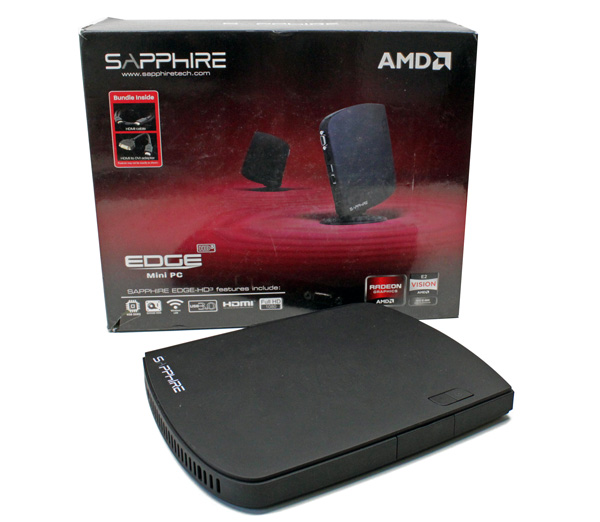
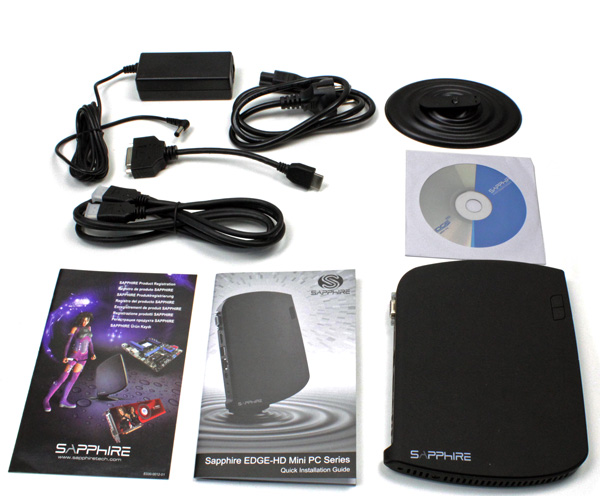
The chassis feels quite sturdy. Unlike most vendors, Sapphire did not use cheap, glossy plastics in the Edge HD3. Instead, it went for a rubberized matte finish.
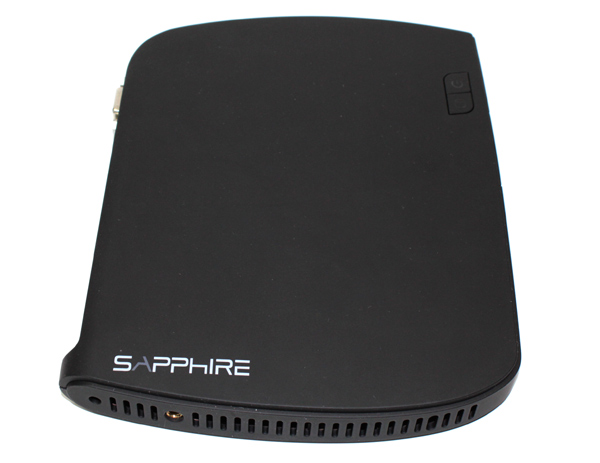
One of the first things you will have to do when setting up the Edge HD3 is to attach the desktop stand. The desktop stand has a hole in the middle and you feed the thumb screw provided through the hole, align the stand with the base of the mini PC, and screw firmly into place. Once installed on the stand, the nettop ends up in vertical position, but the whole rig feels pretty stable.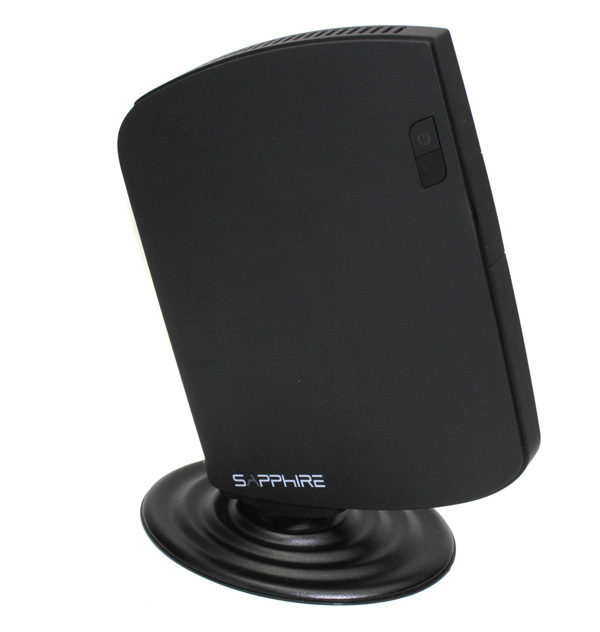
The Edge HD3 ships without a VESA mount, while the new Edge VS series features a VESA mount in the bundle, so it can easily be placed on the back of a TV. Sadly, with the transition to thin and stylish monitors with LED backlighting, VESA mounts are about to die a quiet death. Most monitors no longer support them due to their thin design.
The power button, power indicator light and HDD activity indicator are placed at the left side, or we can call it the top side when it’s not mounted on the desktop stand. There is no reset switch, which is the case with most other nettops as well.
The right mirrors the left side and the only difference are the buttons, which are not present on this side.
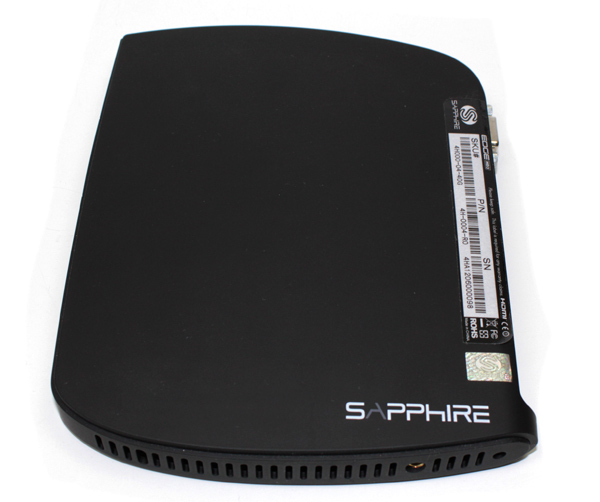
You will notice that there are no air vents on either side, so the HD3 relies on a few openings at the bottom and top to ensure airflow. This also means that it needs to be mounted upright to provide proper cooling, as hot air will naturally circulate to the top of the chassis and out. However, we expected the HD3 to be a bit quieter. Under load, things can get rather noisy. Luckily, most nettops rarely experience plenty of load, but we’ve seen quieter systems.
On the rear of the unit you will find the majority of ports, including video outs, one RJ-45 Gigabit Lan, two USB 2.0 ports, one Line-in (3.5mm jack), one Audio-out (3.5mm jack), and DC In connector. We appreciate the fact that Sapphire decided to place all audio connectors at the back. This is not always the case with nettops, and although some users like to have easy access to audio jacks up front, for headphones and whatnot, placing the jacks at the back is a much better choice for HTPCs with 5.1 speakers. Let’s not forget about aesthetics, nobody wants to see their new toy behind a bunch of cables.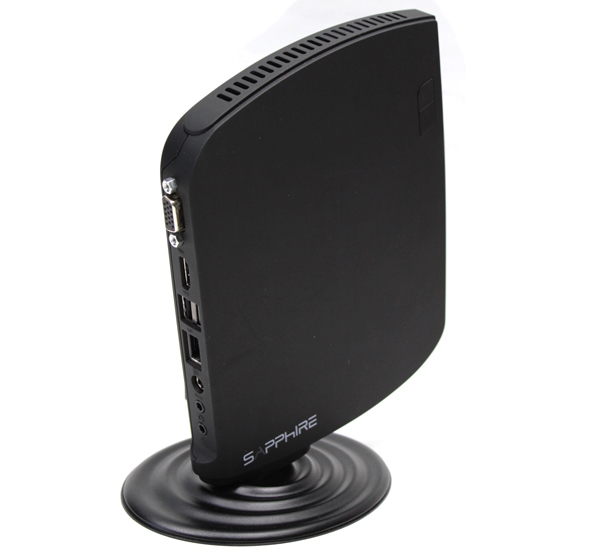
Sapphire opted for one HDMI and one VGA output. DVI displays can be connected using the HDMI to DVI adapter and HDMI cable (you connect DVI monitor to the female DVI port on the adapter). The bundled HDMI cable is about two meter long, and the HDMI to DVI adapter is also provided.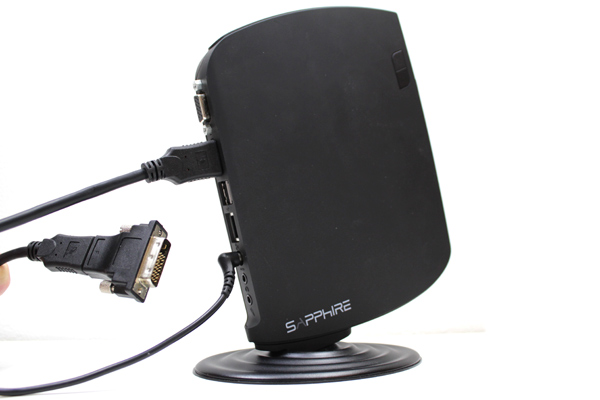
The HD3 features USB 3.0 ports that will be quite handy for extra storage and you collection of HD movies. Built in wireless (802.11n) is another welcome addition.
The USB 3.0 ports are not visible. They are hidden under a little protective flat on the front of the unit. The cover is held in place with a rubber catch so it will not be lost. Since it features the same matte finish, it should stand up to punishment well.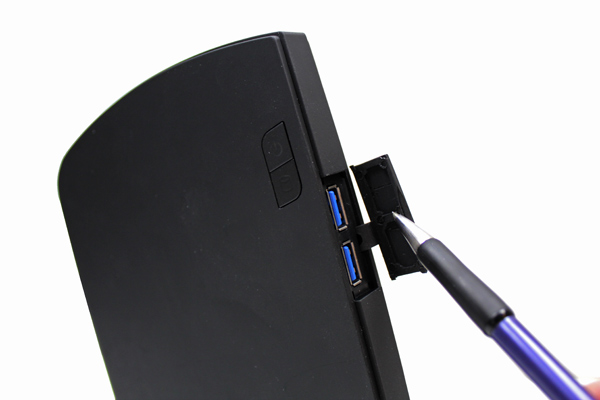
Taking the HD3 apart requires more attention and caution than skill. Still, it’s necessary to follow some simple steps, but be warned – in case you get a full system rather than a barebone, disassembly will void the warranty.
The cover can be removed using a thin, flathead screwdriver. After the cover is removed it is possible to access the rest of the screws (one screw is located under the warranty sticker).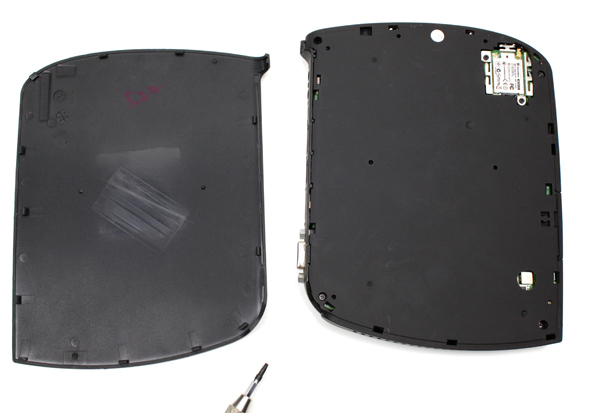
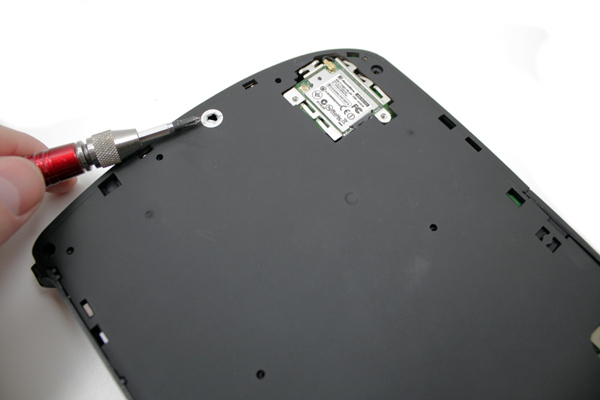
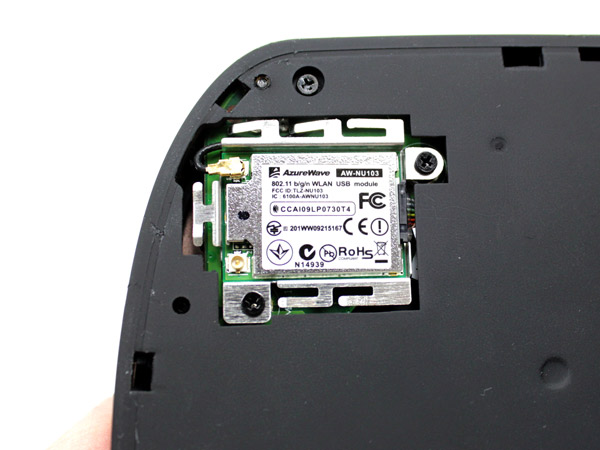
The next step is to remove the screws surrounding the VGA connector, after which it is possible to remove the front cover. 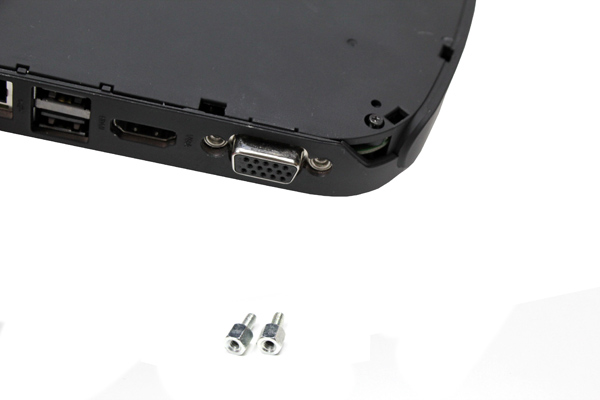
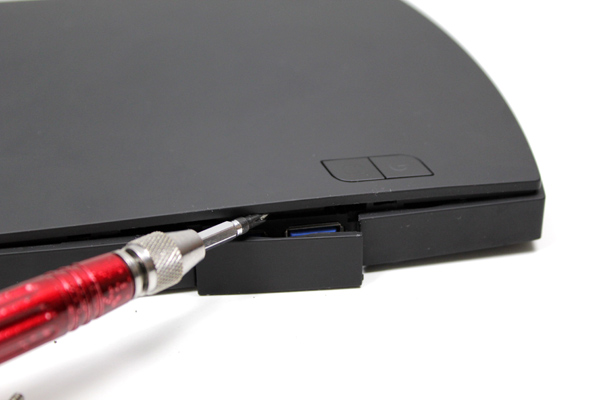
Note the low profile heatsink and small CPU fan.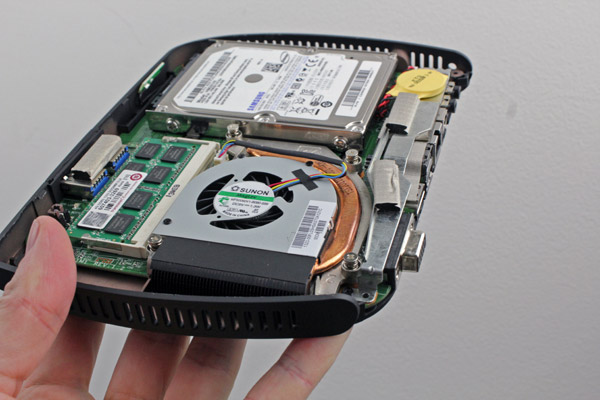
The HD3 ships with a single 4GB DDR3-1333 SO-DIMM module and a 320GB 5400rpm hard drive, courtesy of Samsung.
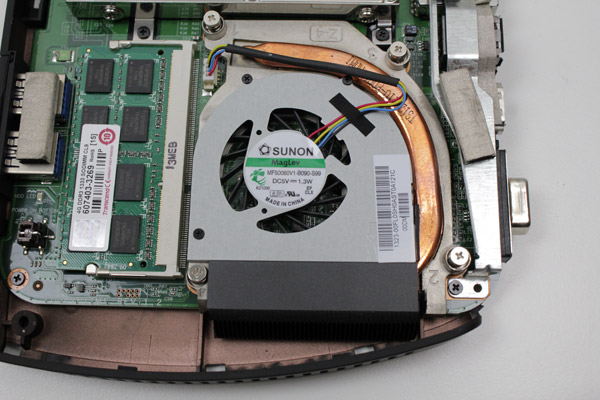
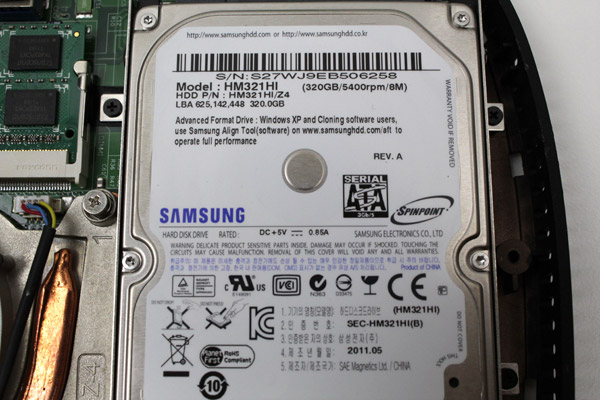
Bios looks like it was designed for a notebook, but it’s functional and it managed to identify the hardware correctly right off the bat. The Sapphire driver CD features a pdf file with a list of all bios options. The document is rather comprehensive, but many users won’t find it very helpful, as it just lists the settings and does not provide additional information. Luckily the default settings are ok and there is really no need to mess with them.
SATA mode is set to AHCI by default, but since we are dealing with a slow SATA II drive, no bios option will speed things up. It is good to know that the system offers SATA III support, something that will come in handy in case you ever want to upgrade.
The memory runs at DDR3-1333 by default, and this is highest speed we can set in the bios.
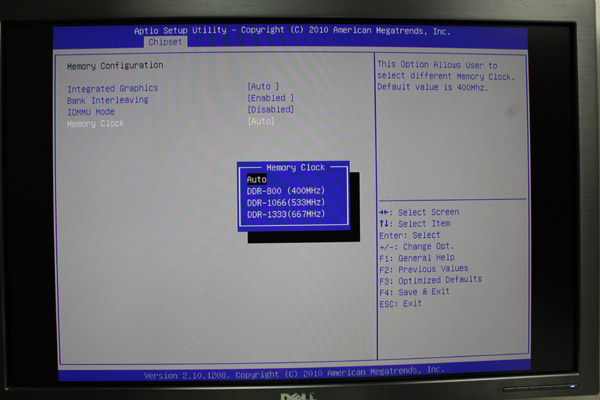
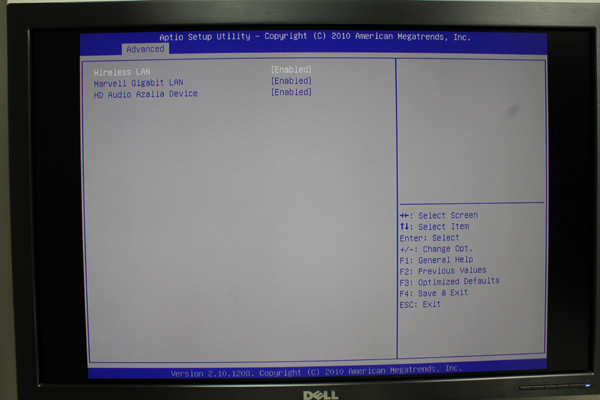
The PC Health window shows us some rather high operating temperatures with the fan running at about 5550RPM. While we were playing round with bios options, the fan was running at high speed practically the whole time. It is possible to adjust the fan speed though, and you can opt for static or dynamic settings. We tried to use slightly less aggressive fan settings and keep the noise down, but in the end the temperature hit 85C, which was a bit outside our comfort zone.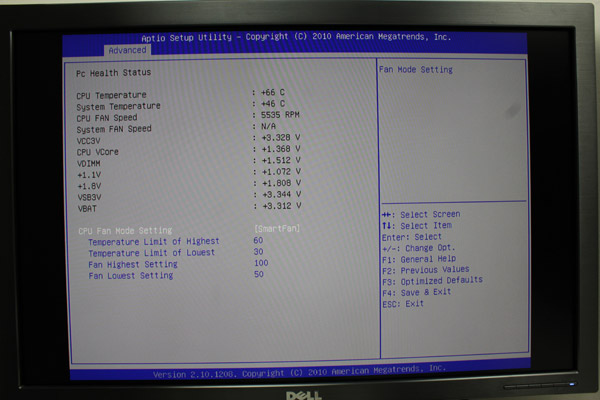
As we said, the HD3 has does not ship with preinstalled Windows, so potential buyers should bear this in mind. The approach allows users to use their own copy of Windows, or install Linux in any flavor. However, most consumers are not tech savvy and they might need some help in this department.
The Edge HD3 comes with preinstalled FreeDOS, which is basically like old MS-DOS, but a bit better. FreeDOS can be very useful sometimes, but you can run only programs intended for MS-DOS or for FreeDOS. You can check software list here.
Our decision was to install Windows 7 Professional 64-bit (the Edge HD3 is also Windows 8 compatible). If you do not want to buy a license for the operating system right now, you can install a trial version of Windows first. For example you can download a 90-days test version of Windows 8 here.
The boot order can be changed by pressing F7 at startup, without entering the bios. Since the system ships without an optical drive, you can install Windows from a bootable USB stick. The Windows 7 USB/DVD download tool comes in handy when you need to create a bootable USB stick from ISO file (you can find it here).
Our bootable USB was recognized correctly after inserting it into USB 2.0 as well after inserting it into USB 3.0 ports, but with USB 3.0 port we had a driver issue during Windows setup installation; we were asked to provide CD/DVD drivers, as shown on the screenshot below.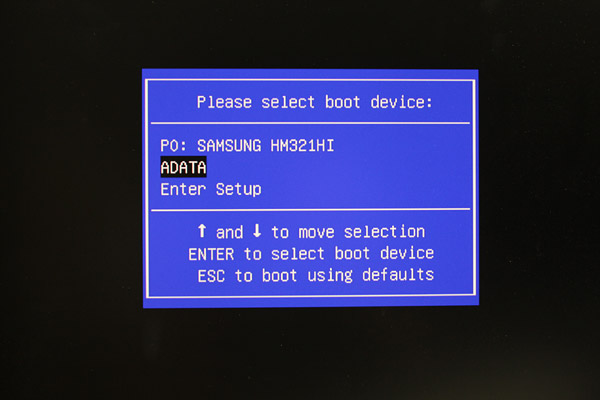
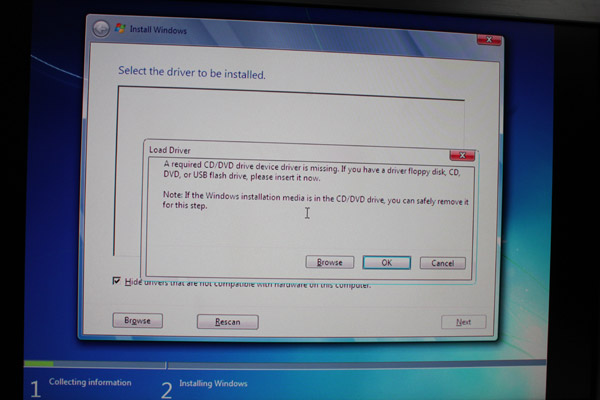
There is also another issue to take into account. We had to format the hard drive before we could proceed with the installation. FreeDOS was not installed on a separate partition and the whole disk was formatted in FAT32. Fortunately we did not have to install Windows 95 or dance the Macarena to sort things out. It’s possible to use FreeDOS to create a new partition for Windows 7/8, but we formatted the whole drive and erased FreeDOS completely. 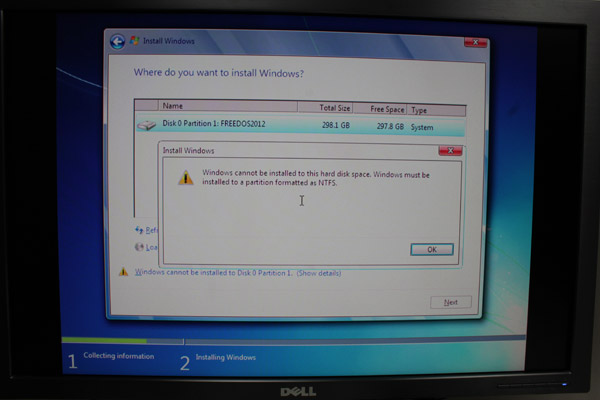
The Edge HD3 is based on AMD’s E-450 APU, a 40nm part with two Bobcat cores running at 1.65GHz and an HD 6320 graphics core, with 80 shaders clocked at 508MHz.
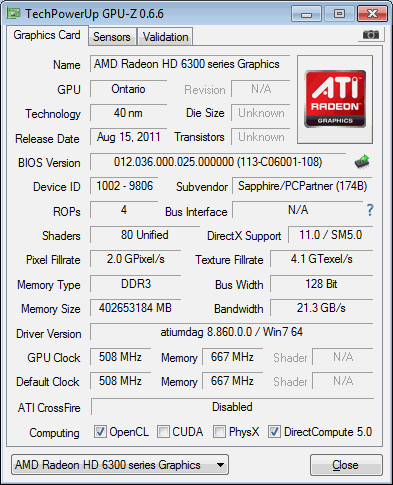
The HD 6320 features AMD’s UVD3 video decoder, which allows partial hardware decoding of two simultaneous HD streams, making it compliant with the BD-Live standard.
Since the HD 6320 relies solely on system memory, the decision to go for 4GB of system memory is a good idea.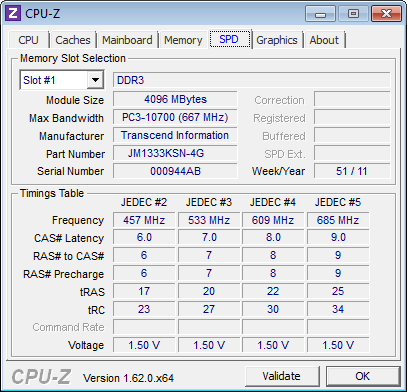
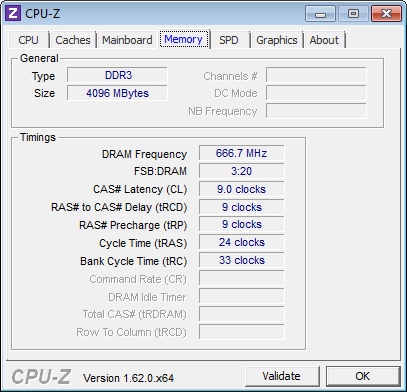
Thanks to the long power cable (ca. 2.9m) and HDMI cable (ca. 2m) we had plenty of freedom to move the Edge HD3 across the living room. The desktop stand is nice feature, but it ships without VESA mount. Personally, I didn’t mind much, but some users would probably like to mount the HD3 on the back of their TV. 
Built in wireless (802.11n) is welcome addition.
Benchmarks
In terms of benchmarks, the Edge HD3 lives up to expectations. We pitted it against the Zotac ZBOX Nano XS AD11 Plus, which is also based on the E-450 APU. However, the Zotac ends up significantly faster in some tests thanks to its SSD drive, particularly in PCMark 7. The hard drive is clearly the weakest link of the HD3 and the same goes for all small-form factor systems with mechanical drives, as most of them ship with 5400rpm disks.
3DMark 06
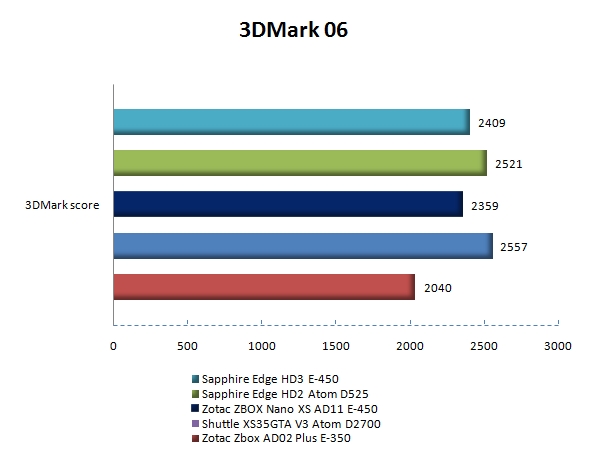
PCMark 7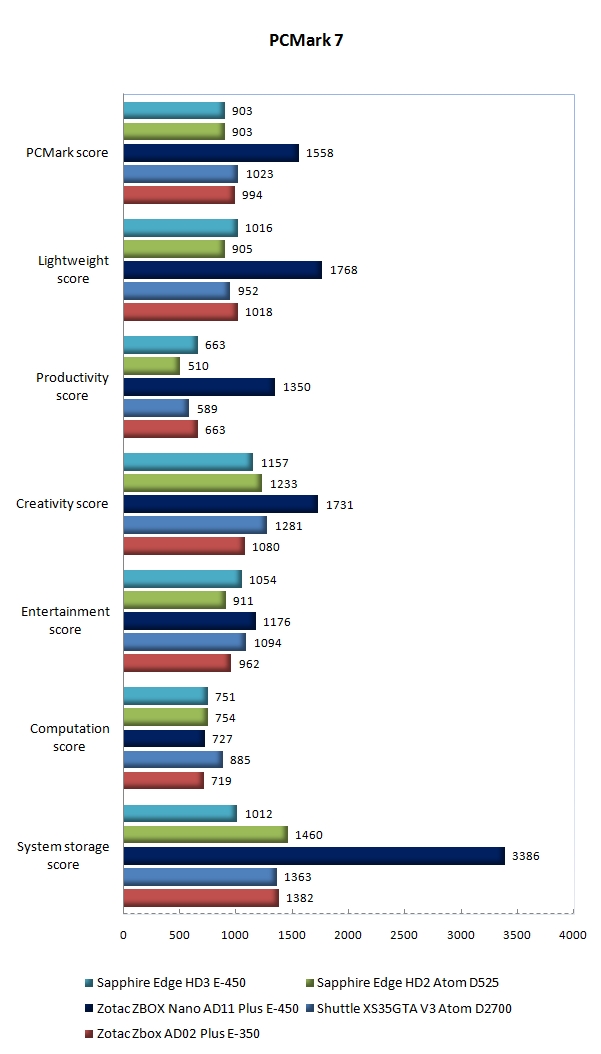
HD Tune
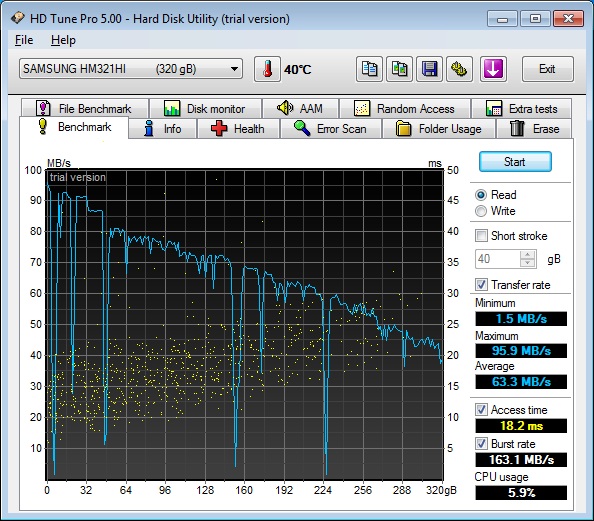
Cinebench R11.5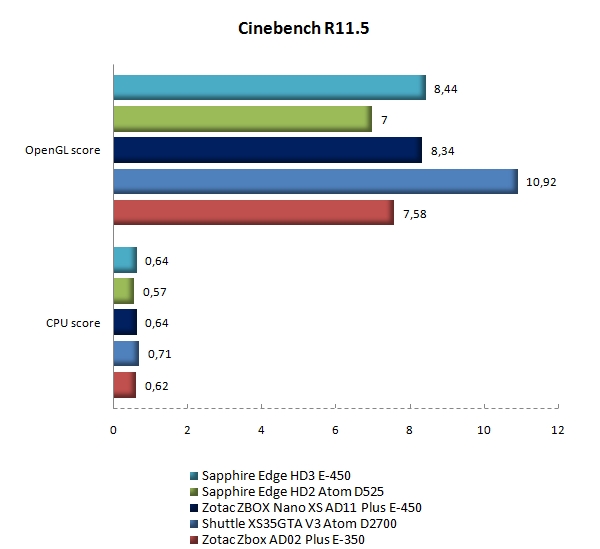
Cooling is a challenge in small and slim PCs and as you already had a chance to see, the size of the heatsink and fan is limited by the size of the chassis. Unfortunately the fan is often forced to run at high speeds. The system is barely audible in idle mode, but under load the fan quickly picks up speed and generates plenty of noise. It gets almost as loud as an Acer Aspire 15-incher with fans at full speed.
We like the thin design, but it comes at a price and we would gladly trade it for a slightly bulkier chassis if it helped keep noise down. It’s possible to adjust the fan speed in bios, but due to high temperatures, we would advise against it, for the sake of longevity and stability. At default settings the CPU temperature is 53°C in idle, but under load it can hit as much as 75°C, while the graphics part goes up to 83°C. Relatively high, but still on the safe side of things. We believe the noise to heat ratio should have been better.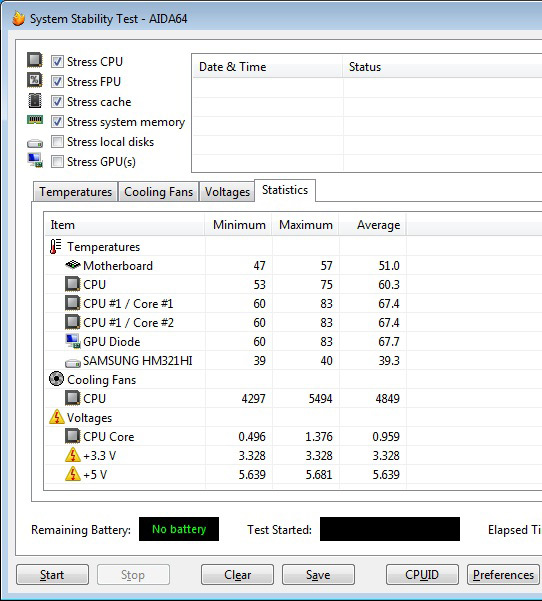
Power consumption is pretty low as according to our measurements the HD3 draws 14W in idle and up to 32W under full load. This is very similar to what we experienced with Zotac’s AD11 Plus. All in all the results are very impressive.
Although the Edge HD3 was launched last year, it remains a very popular choice in the nettop market. It is widely available for under €300, but this price is no longer justified, so we are expecting a price cut. Luckily for Sapphire, we are talking about in-house competition. Two months ago Sapphire introduced the Edge VS series, based on Trinity ULV APUs and the VS4, with a dual-core Trinity can be yours for about €325. However, the HD3 barebone costs €199 and offers much better value for money than the complete system.
The HD3 is one of the smallest x86 systems around and it will fit in just about any coat pocket, sans power brick, of course. However, even with the power cable, keyboard and mouse, it will easily fit into any backpack, much like a notebook. The robust build and matte finish also come in handy, as the HD3 won’t pick up a lot of nicks and scratches if you transport it often, making it a good choice for students and just about everyone who needs a truly portable desktop.
The E-450 is a venerable chip, but it is still practically the best platform for mini-PCs on the market. It offers enough performance for browsing, content consumption and office work. Of course, serious gaming is out of the question, but that goes without saying. However, it has enough muscle for casual games at low resolution, or some golden oldies.
Overall it’s a neat little PC, but personally I would go for the barebone. It offer better value and lets you choose faster storage, like an SSD or hybrid drive. Even a relatively small SSD would do, as the HD3 features a couple of speedy USB 3.0 ports for external storage.



